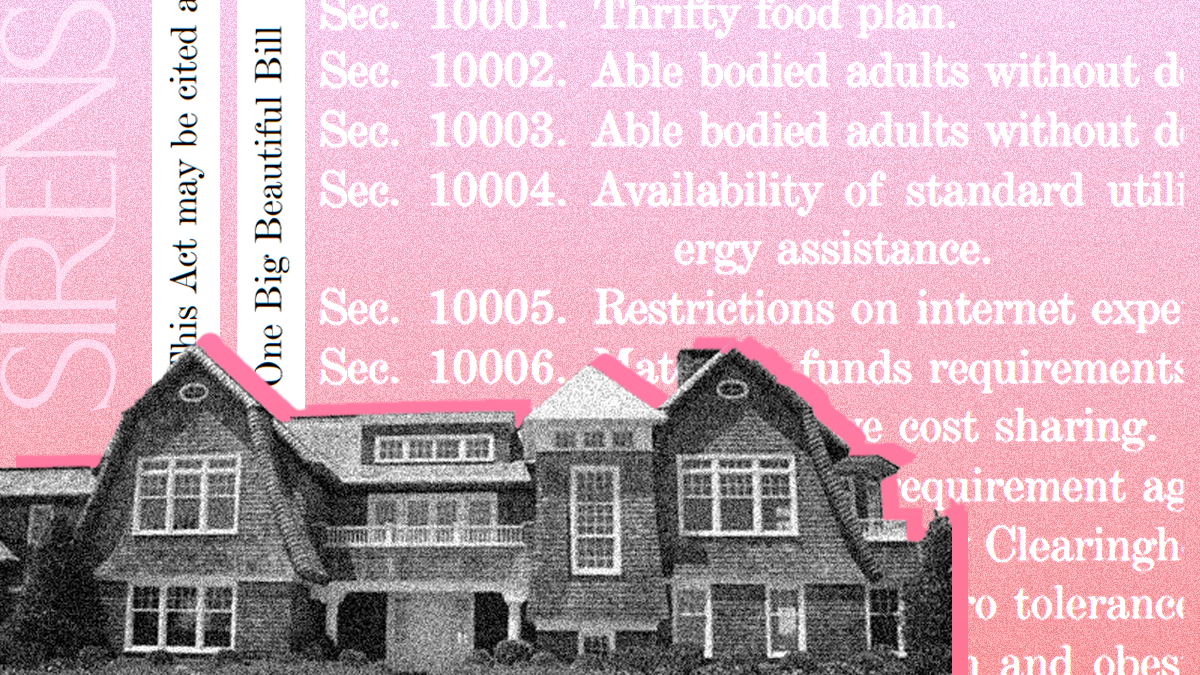Abortion rights, women of color, and LGBTQIA+ people are under attack. Pledge to join us in fighting for gender justice.
For the First Time Ever, Census Bureau Data Shows Gender Wage Gap Widening For a Second Year in a Row
Washington, DC—The Census Bureau released its annual poverty, income, and health insurance data for 2024, finding that for the first time since data has been available, the wage gap between men and women working full time, year-round widened two years in a row.
Women working full time, year-round were paid 81 cents for every dollar paid to men in 2024, down from 83 cents in 2023, and 84 cents in 2022. This backslide is more severe for Black women, who are facing unusually high unemployment amid the economic chaos created by the Trump administration.
The Census data shows that Black women working full time, year-round in 2024 were paid 65 cents for every dollar paid to white, non-Hispanic men, compared to 66 cents in 2023 and 69 cents in 2022. The data also shows an increase in the wage gap white, non-Hispanic women, who were paid just 77 cents for every dollar paid to white, non-Hispanic men in 2024, down from 80 cents in 2023.
“At a time when women, including many mothers, are leaving the labor force at record rates, it is a five-alarm fire to see that the gender wage gap is widening for an unprecedented second year in a row,” said Emily Martin, chief program officer at the National Women’s Law Center. “Instead of strengthening policies that could support women’s financial success, the Trump administration is making the problem worse by undermining workplace protections and weakening caregiving support that could help women enter and remain in the workforce.
“These dangerous policies mean less money in women’s pockets, less money to make ends meet, and less stability for families and communities. It is clear that this administration doesn’t value women’s work or believe that a woman’s place is in the workforce.”
NWLC released a report earlier this year with data that has since been removed from the Office of Personnel Management’s main public data website, which found that Donald Trump’s layoffs in the federal government are disproportionately impacting women and people of color, who made up a majority of the federal workers in agencies that were and continue to be targeted for reductions.




